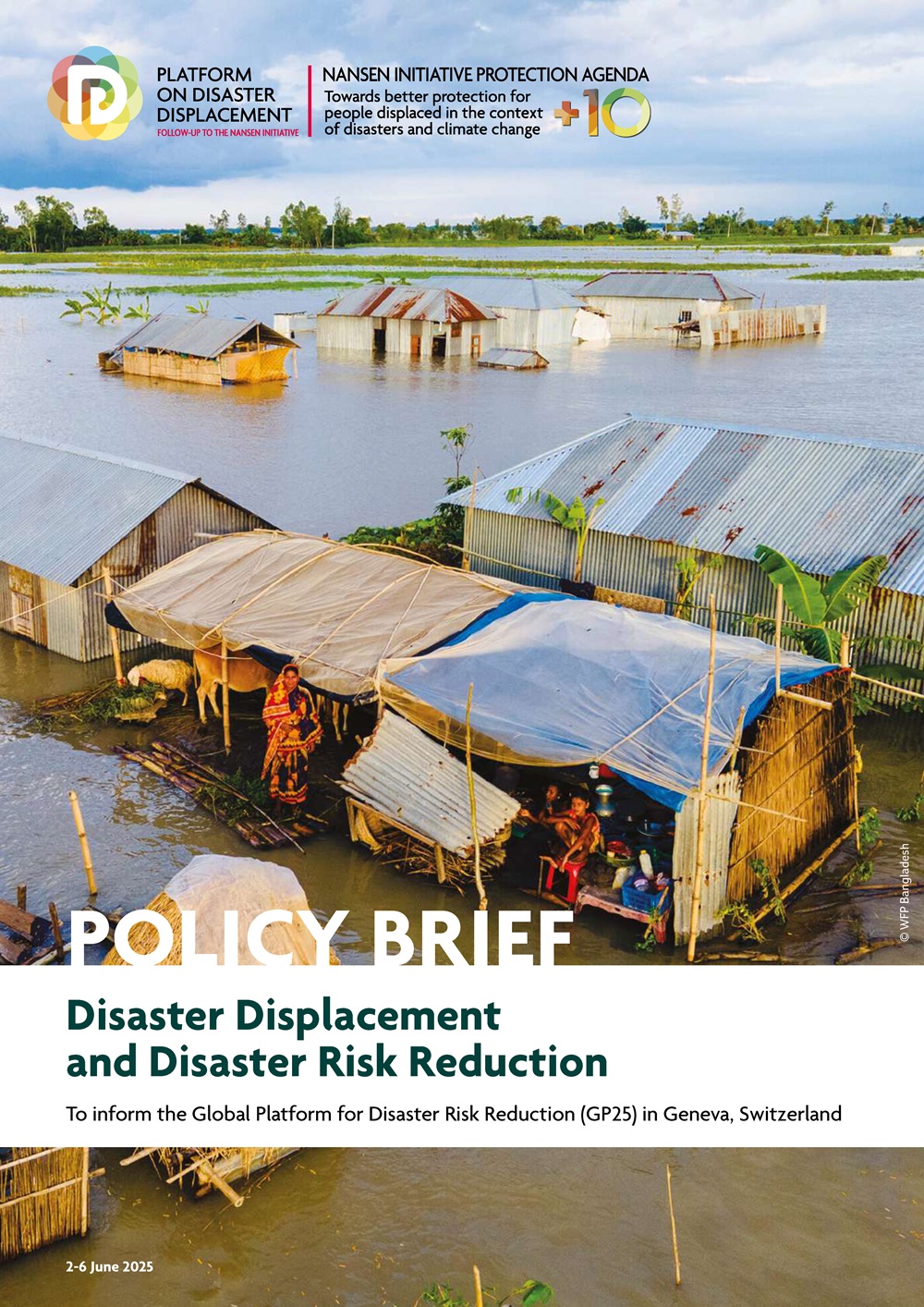Addressing Internal Displacement In The Context Of Climate Change
IDMC
The slow onset effects of climate change, such as desertification, glacial retreat, increasing temperatures, land and forest degradation, loss of biodiversity, ocean acidification, salinization and sea level rise are increasing. As slow-onset disasters unfold, their impacts and outcomes are not only shaped by the hazards themselves. They are largely determined by people’s vulnerability and the effectiveness of investments in disaster risk reduction, climate change adaptation and sustainable development. Slow-onset disasters combine with socioeconomic and governance factors to set the stage for specific triggers of displacement. These include loss of land, livelihoods, food and water.
Sudden-onset disasters are also made more frequent and intense by climate change. Internal displacement in the context of climate change is particularly challenging to identify and monitor. But evidence is beginning to emerge from an increasing number of cases around the world that both confirm that displacement is rising and that point to ways to address it.
This report proposes an approach to understanding the phenomenon by analysing the circumstances under which it occurs, its likely impacts and how they may be averted. This analytical framework, or typology, can help identify, report on and monitor slow-onset displacements to assess their scale and the resources needed to address them. Such a typology may also be used to identify the conditions that put a population at risk of future displacement. It is intended to guide planning and policymaking at the local, national, regional and global levels, building on a growing collection of displacement data and analysis of successful practices in different contexts.




